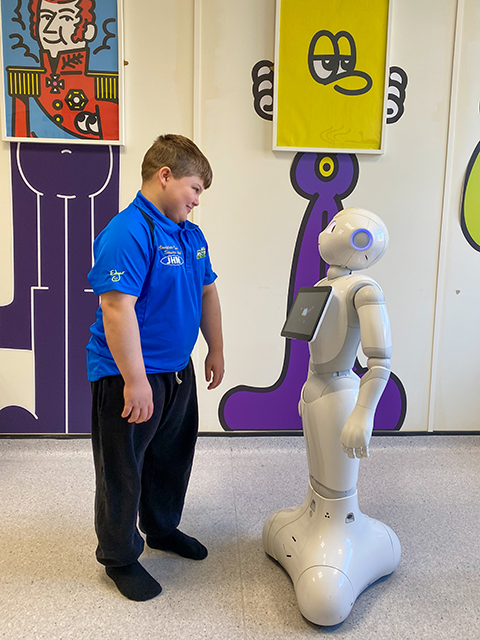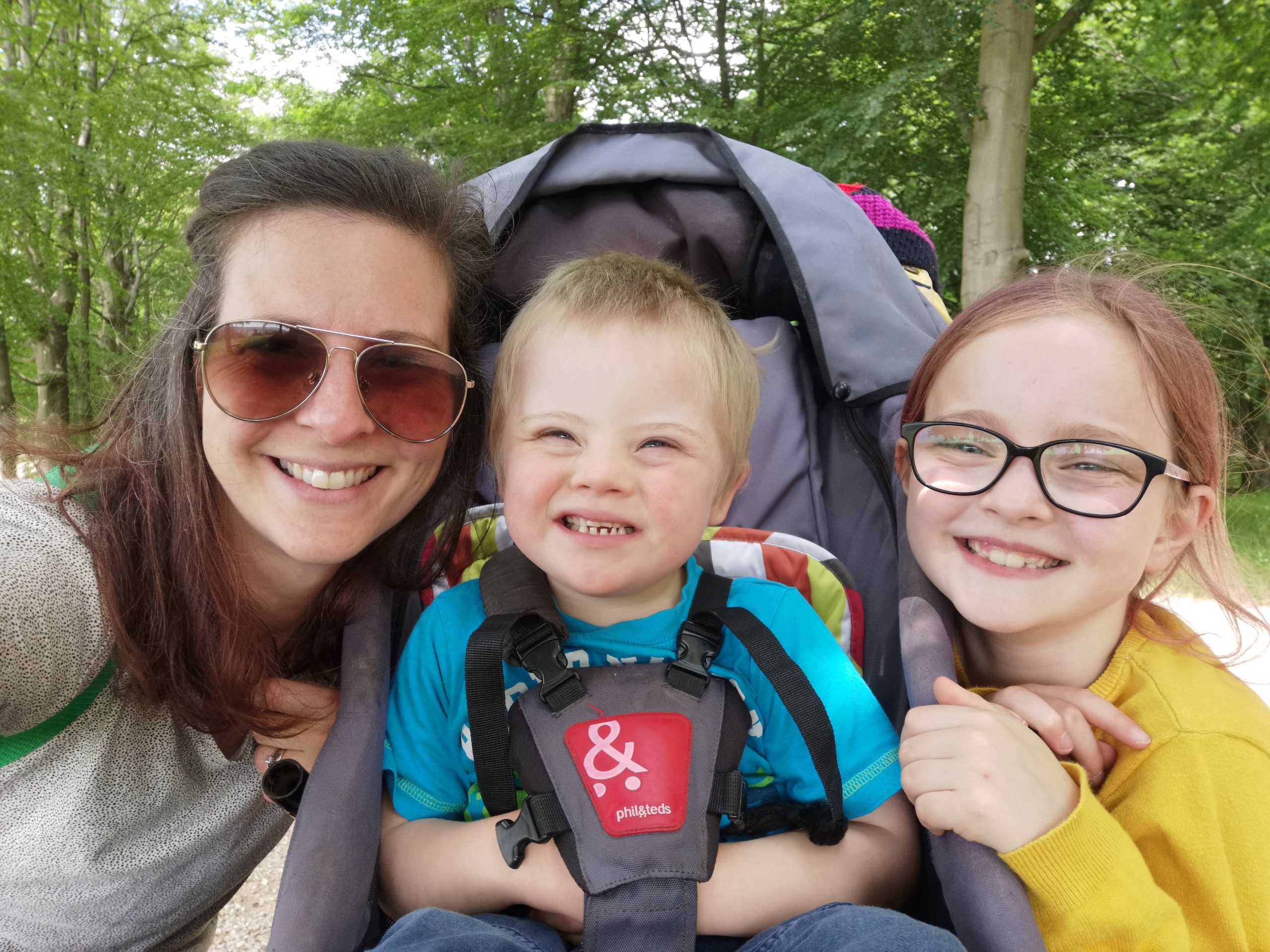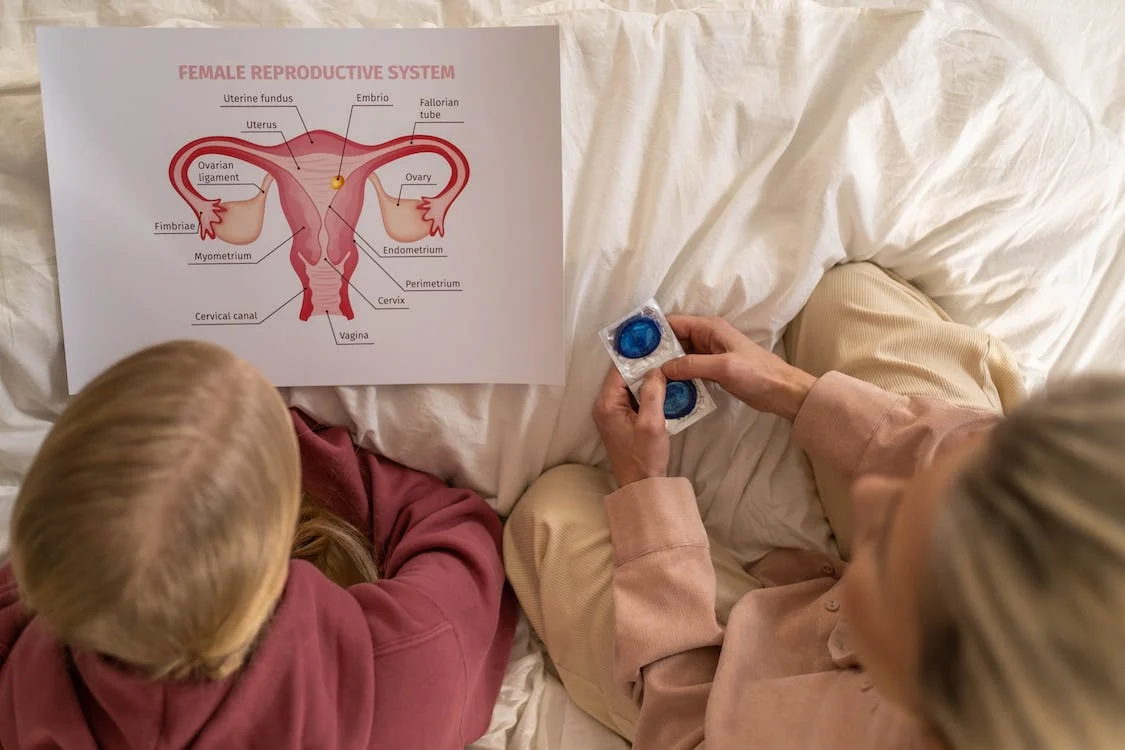Meet MiRo and Pepper, two androids that have been combatting stress and anxiety in young patients at the hospital.
The project aimed to keep children from the ages of five to 12 calm in-between waiting for treatment. It was the brainchild of Brenda Little, 29, a PhD student at The University of Sheffield, who said the project was close to her heart.
She said: “The idea of coming to hospitals is daunting enough as an adult, let alone a kid. It was important for me to find a way to ease this for them. The project held a soft spot in my heart.”
The robots used for the project had different functions. MiRo had pet-like features and wagged its tail whereas Pepper read the children stories, danced and sang. The project ended later last month, but the overall feedback of the robots in children and parents has been extremely positive.
“A lot of them saw Pepper as a buddy and there was generally positive feedback”, Brenda said. “One parent said his child was always nervous when he came into the hospital and used to shake his legs. Since the robots were introduced, his leg stopped shaking. Another child took complete ownership of MiRo and would pretend that she was its owner. Her mother said she would love to have a pet but could not due to being in hospital constantly. Several kids were also happy to have MiRo on the bed with them when they were getting blood tests.”

Brenda and a patient with MiRo the robot. Source: Sheffield Children’s hospital
Positive reviews on the project were also given by the hospital’s staff.
Professor Paul Dimitri, Professor of Child Health and Consultant in Paediatric Endocrinology at Sheffield Children’s, who supervised Brenda, said: “Brenda’s work is ground-breaking in helping us to understand how our patients react and respond to different types of social robots, and how we best use them in children’s healthcare.”
He added that the hospital is committed to advancing the care of children and young people through new technology.
The next steps have yet to be confirmed. However, the hope that these social robots will be a permanent fixture in Sheffield Children’s hospital is strong.
“We (society) are moving with technology”, Brenda said. “it would be nice for hospitals to move with that.”




